The upstart, Rain Flower and Rain Lily are all the names of the same plant - Zephyranthes. The flower got its name for its feature of rapidly growing, literally popping out of the soil after rain and for the outward resemblance to lilies. And although the upstart is not a too whimsical plant, the rules for caring for this flower at home must be observed.
Content
Variety characteristics and species diversity
Zephyranthes is a bulbous herbaceous perennial. Depending on the species, the bulb may have a round or ovoid shape.
The sheet plate is lanceolate, narrow. In length, it reaches up to 30 cm. The leaves of Zephyranthes have a juicy dark green color. The surface of the plates is glossy.
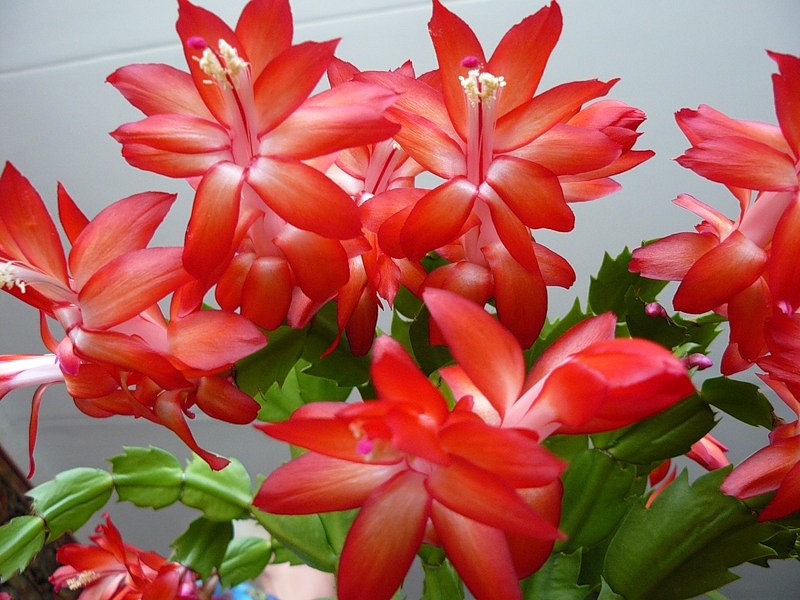 You may be interested in:
You may be interested in:Inflorescences are located on long peduncles. In shape, they resemble flowers of lilies and crocuses. Depending on the type and variety of inflorescences can have a color of white, yellow, different shades of pink. Two-color species are also found. Petals can be wide or narrow, with a pointed or rounded edge.
The flower has about 35 natural species and another 2 times more hybrid. The most common are the following plant species, presented in the table.
| View name | Bulb Features | Inflorescence characteristic | |||
|---|---|---|---|---|---|
| Shape and diameter, cm | Color of petals | Petal shape | Stamens | Flowering period | |
| Atamas | Ovoid, 2 | Ivory | Wide pointed | Bright yellow, open | March, April |
| Snow white | Rounded, 3 | White | Narrow pointed | Lemon open | July-October |
| Golden | Round ovoid, 3 | Golden yellow | Wide pointed | Orange, open | December - January |
| Large flowered | Ovoid, 3 | Pink | Wide pointed | Yellow, open | April-July |
| Multicolored | Oblong, 3 | White with a reddening side | Narrow pointed | Yellow, open | January |
| Robusta | Rounded, 2 | Hot pink | Wide pointed | Orange, open | April-July |
| Pink | Rounded, 3 | Light pink | Wide rounded | Yellow, hidden | April-July |
The above species are adapted for indoor cultivation. But there are many types of this plant intended for cultivation in garden plots.
Secrets and difficulties of caring for an upstart at home
It is not difficult to grow an upstart at home. For this, the grower must be guided by the following recommendations.
| Departure criterion | Recommendation |
|---|---|
| Lighting | A lot of bright diffused light: southern, eastern and western windowsills. |
| Air temperature | The growing season is 20-26 ℃; the rest period is within 12 ℃. |
| Humidity level | High humidity level (50-60%). |
| Watering | As the topsoil dries out during the growing season; shortened during dormancy. |
| Top dressing | Every 2 weeks with complex fertilizers for flowering indoor plants during the growing season. During rest, feeding is canceled. |
| Rest period | From December to February or from September to November, depending on the species of the flower. |
| Substrate | Sod land + sand + humus in equal proportions. |
| Drainage | Expanded clay, pebbles, crushed stone or broken brick. |
| Flower pot | Short and wide. The presence of drainage holes and a drain pan for collecting water is mandatory. |
White-flowered upstarts should not be placed on the southern windowsills. Representatives of these species are not so photophilous.
The most common difficulty that flower growers encounter when growing Zephyranthes is the lack of flowering. This problem occurs in violation of the standards for the care of the plant. As soon as the flower begins to receive proper care, it will certainly bloom.
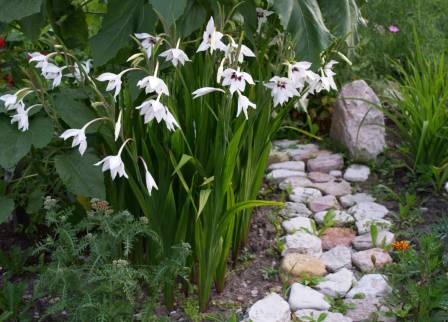 You may be interested in:
You may be interested in:How to propagate and transplant a flower at home
Zephyranthes very quickly fills the space of the pot, so it needs an annual transplant. To increase the aesthetic quality of the plant, several bulbs are placed in one pot. Thus, during flowering, wilted inflorescences are replaced by new ones. Some gardeners put in a single container mixed varieties of marshmallows.
Propagate a plant at home in two ways: seeds and bulbs. Further, in detail about each method of breeding new marshmallows.
Seed propagation
Reproduction of the upstart seed provides the following actions:
- Artificial pollination. Using a cotton swab, pollen is transferred from one flower to another.
- Seed collection. 2 months after the pollination process, the seeds are considered mature.
- Disembarkation. The collected seeds are immediately planted in the substrate due to the rapid loss of germination. You can use a substrate for adult marshmallows. On top of the container with the seeds covered with a transparent film, simulating a greenhouse.
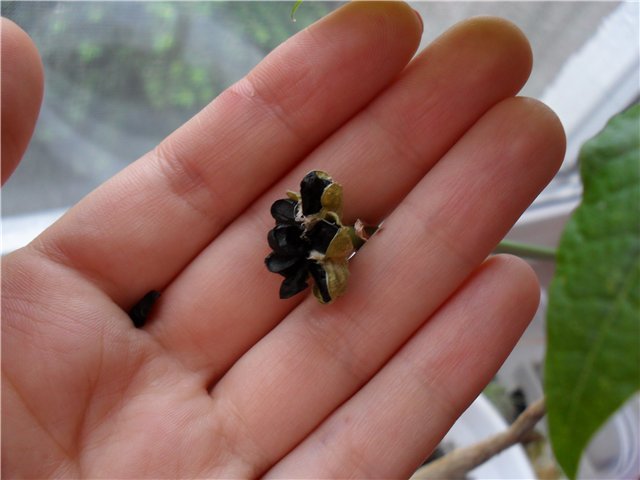
Zephyranthes Seeds - Daily care. Seedlings are irrigated daily from a spray gun and briefly left without a film for ventilation. After 2-3 weeks, the first shoots will appear.
- Pick Young upstarts dive only when 2-3 good leaves appear on them.
Flowers derived from seeds bloom only in the third year of life.
Bulbs
It is easy to propagate upstarts with bulbs. The process includes the following actions:
- Without effort, the daughter bulbs are separated from the mother ones. Onions should depart easily. If they hold on tightly, this means that they are not yet ready for an independent life.
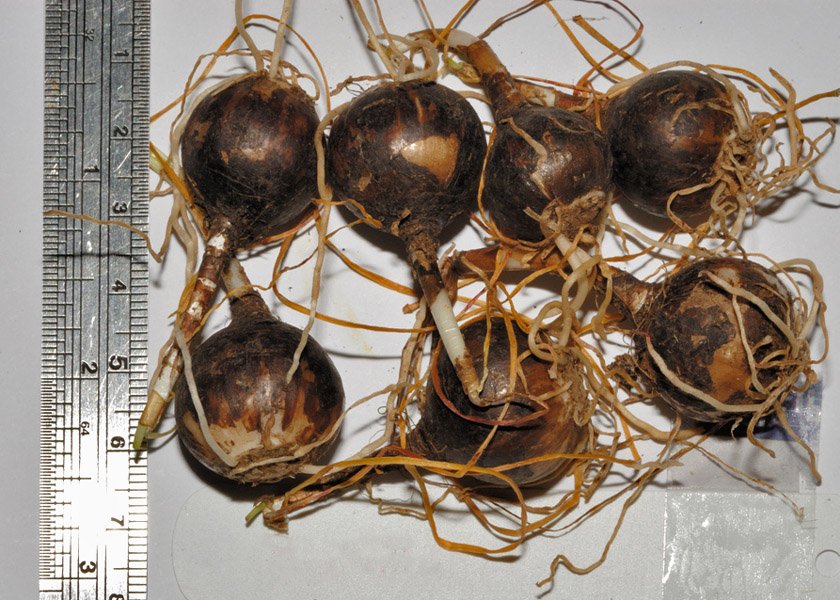
Bulbs - Fracture points are lubricated with crushed activated charcoal.
- Separated bulbs are planted in the soil mixture, leaving the necks on the surface.
Pests, diseases and their control
The plant is practically not susceptible to attacks by harmful insects. It is extremely rare that the ubiquitous scale insects, aphids, or spider mites attack it. You can get rid of pests by treating the flower with a solution of any floral insecticide. From aphids, treatment with a concentrated soap solution helps. But this method is effective only in the case of a minimum number of insects on the plant.
Zephyranthes has natural immunity. Therefore, the only disease that it can undergo is bulb rot. The disease provokes the wrong approach to caring for the plant. The causes of rot several.The most common are:
- excessive soil moisture, which leads to stagnation of moisture;
- untimely draining of excess water from the pot pan;
- poorly laid out drainage layer or its absence;
- the use of dirty tools when planting, replanting a flower;
- hit and stagnation of moisture in the leaf sinuses of the plant.
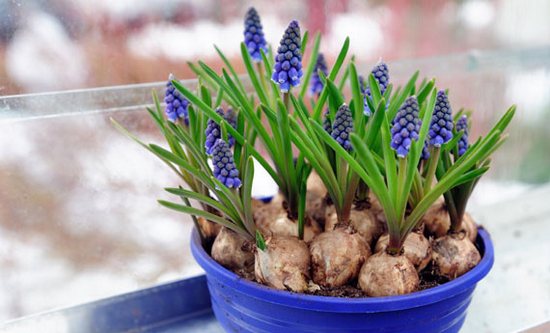 You may be interested in:
You may be interested in: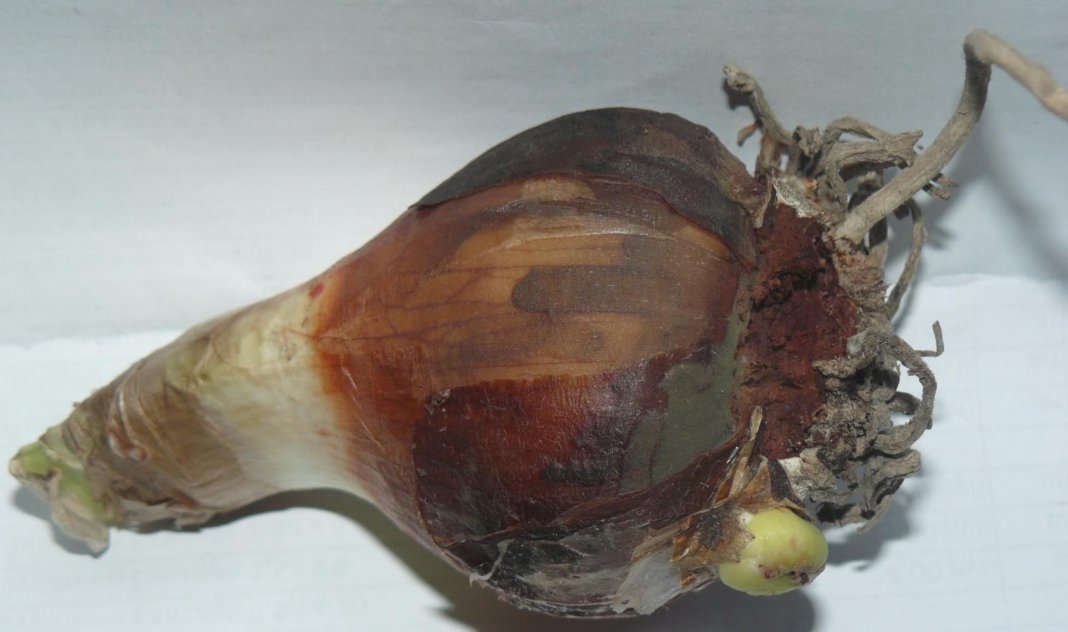
It is necessary to combat rot by repeatedly treating the plant with a solution of any garden fungicide. To prevent the disease, before planting the bulbs of zephyranthes, they lower them in a weak aqueous solution of potassium permanganate for half an hour.
Healing properties
The flower has medicinal properties. Due to the content of natural bioactive alkaloids, zephyrantes is part of some medications. Traditional medicine uses plant components to treat liver diseases, including some forms of hepatitis.
With the help of a flower, purulent accumulations that arise as a result of inflammatory processes (abscesses) are eliminated. In some countries, the plant is part of medications aimed at combating various forms of tuberculosis and diabetes. There is speculation about the antitumor properties of marshmallow leaves.
In folk medicine, infusions and decoctions of plants are used to treat colds, abscesses and purulent tonsillitis. With colds, the flower is brewed as tea and taken orally. In case of tonsillitis, the plants gargle with infusion. A medicine made from flower bulbs is applied to abscesses on the skin.
It is unacceptable to use marshmallows on their own for medicinal purposes, since all the components of this plant are poisonous. Improper use poses a threat to human health. To get a competent consultation on the use of a flower as a medicine, you should consult a homeopathic doctor.
History of flower growing and signs
Zephyranthes is a beautiful flowering plant from the Amaryllis family. Not so long ago, a flower was assigned to the Liliaceae family. It is not surprising, because marshmallows and lilies have many similarities.
The birthplace of the flower is the American tropics and subtropics. In the literal translation, the name sounds like "a flower of the west wind." The Americans believed that the west wind brought rains. Therefore, the wind of this direction was considered rainy.
There are many signs and superstitions associated with this flower. Some warn about the dangers of growing Zephyranthes, while others, on the contrary, advise keeping a flower at home.
It is believed that the plant can not be grown at home for such reasons:
- The leaves, sharp as needles, penetrate space, disrupting the natural path of harmonious energy circulation.
- The flower can not be placed in the bedroom, as it brings discord to the relationship of the spouses.
The reasons why you can and should grow an upstart at home are as follows:
- The flower has a soft energy that has a beneficial effect on the atmosphere of the house.
- Blooming zephyranthes fills the house with joy, gives the inhabitants vivacity, optimism.
- An upstart helps to unlock a person’s full potential. She also directs thoughts in the right direction, facilitates negotiations with partners, and facilitates the conclusion of profitable deals.
To keep a flower at home or not, everyone makes their own decision. Be that as it may, zephyranthes in color pleases the eye and brings only positive emotions. On the other hand, the plant is toxic. Therefore, the house in which small children and pets live is not a suitable place for the plant.
 You may be interested in:
You may be interested in:Common Growing Questions
The upstart is a beautiful and original flower that is easy to contain at home. The plant is completely unpretentious. Fulfilling the minimum requirements for care, the owner of the upstart will be rewarded with beautiful delicate flowers.

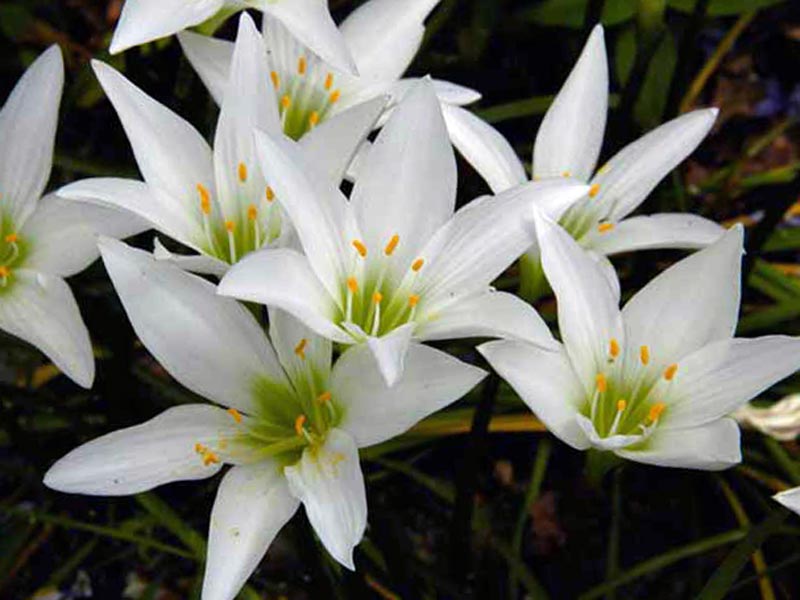

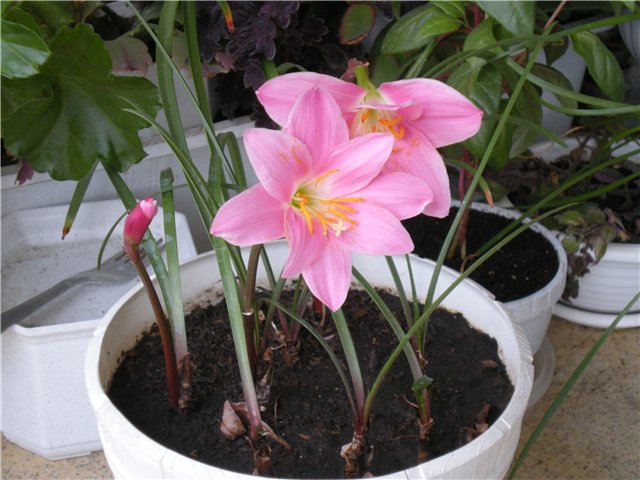

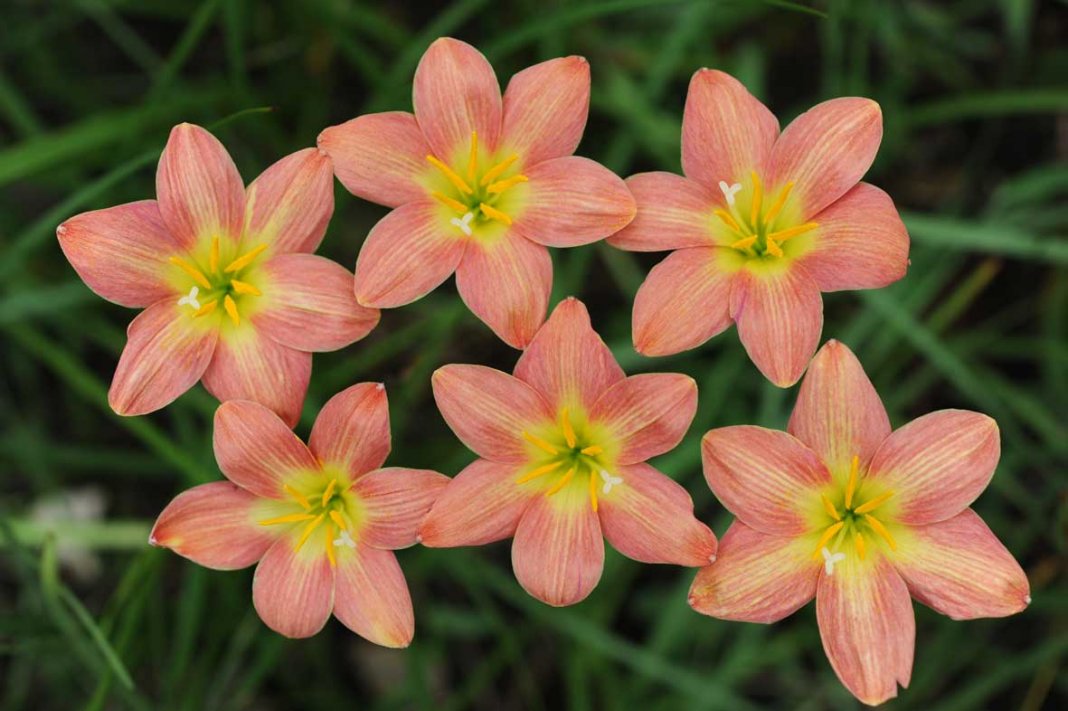
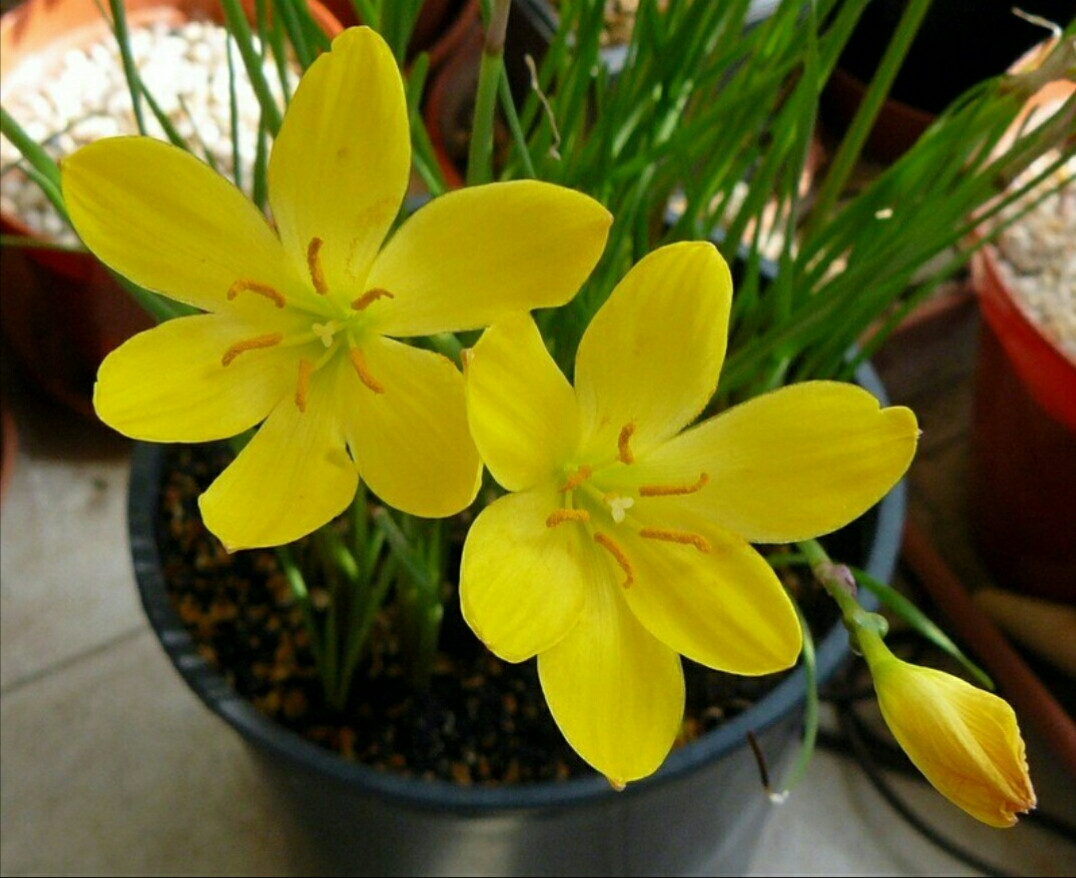
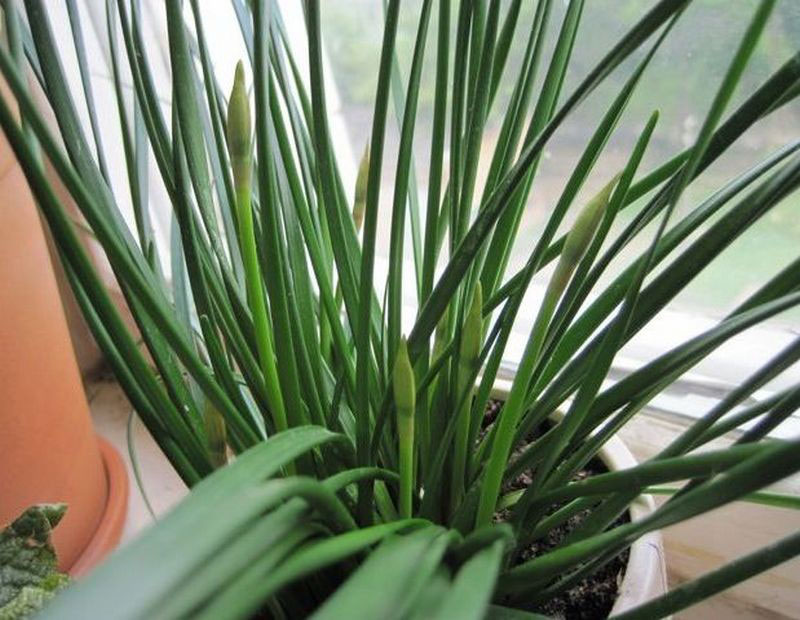
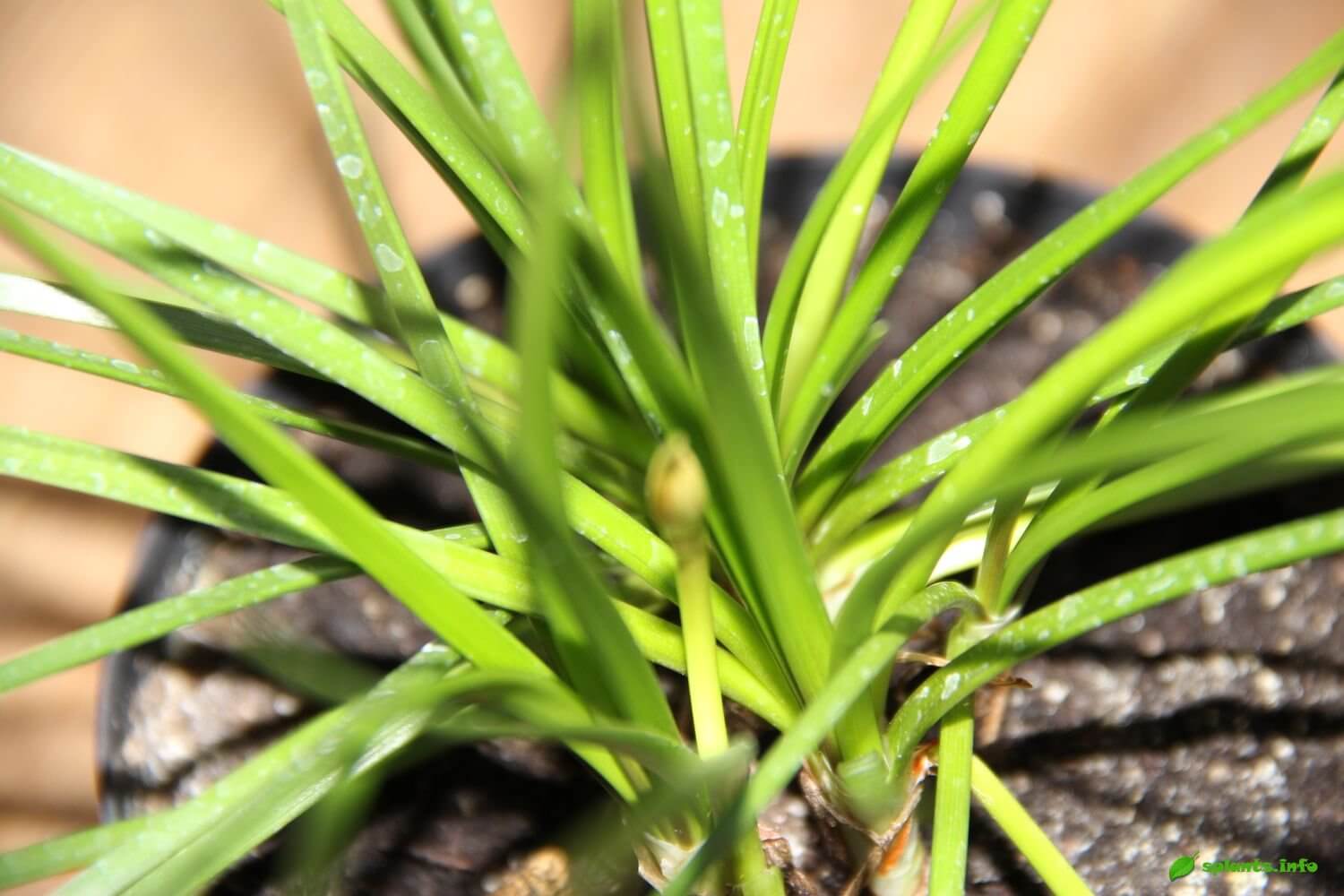
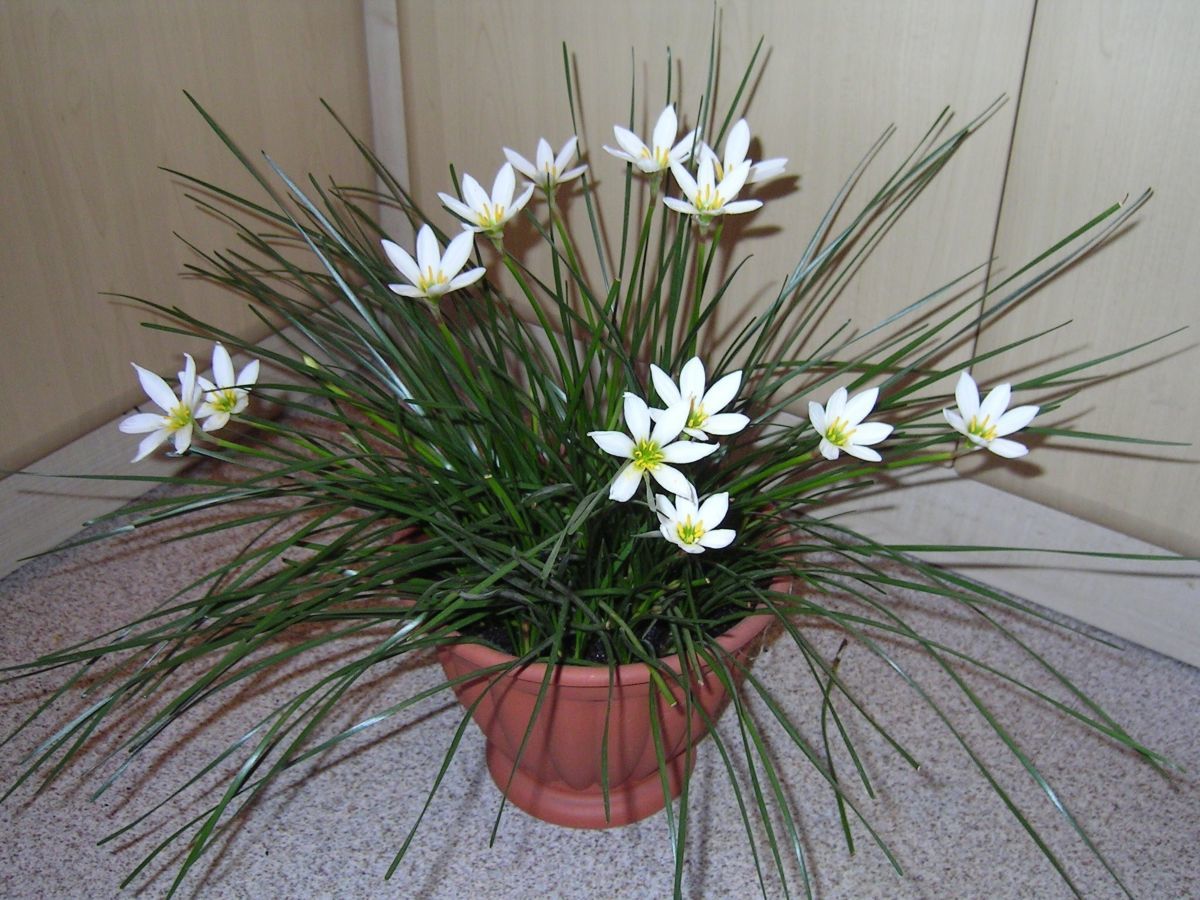



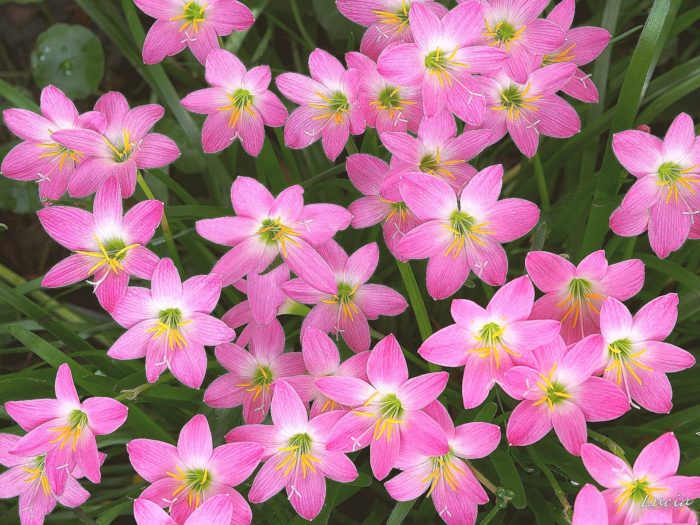
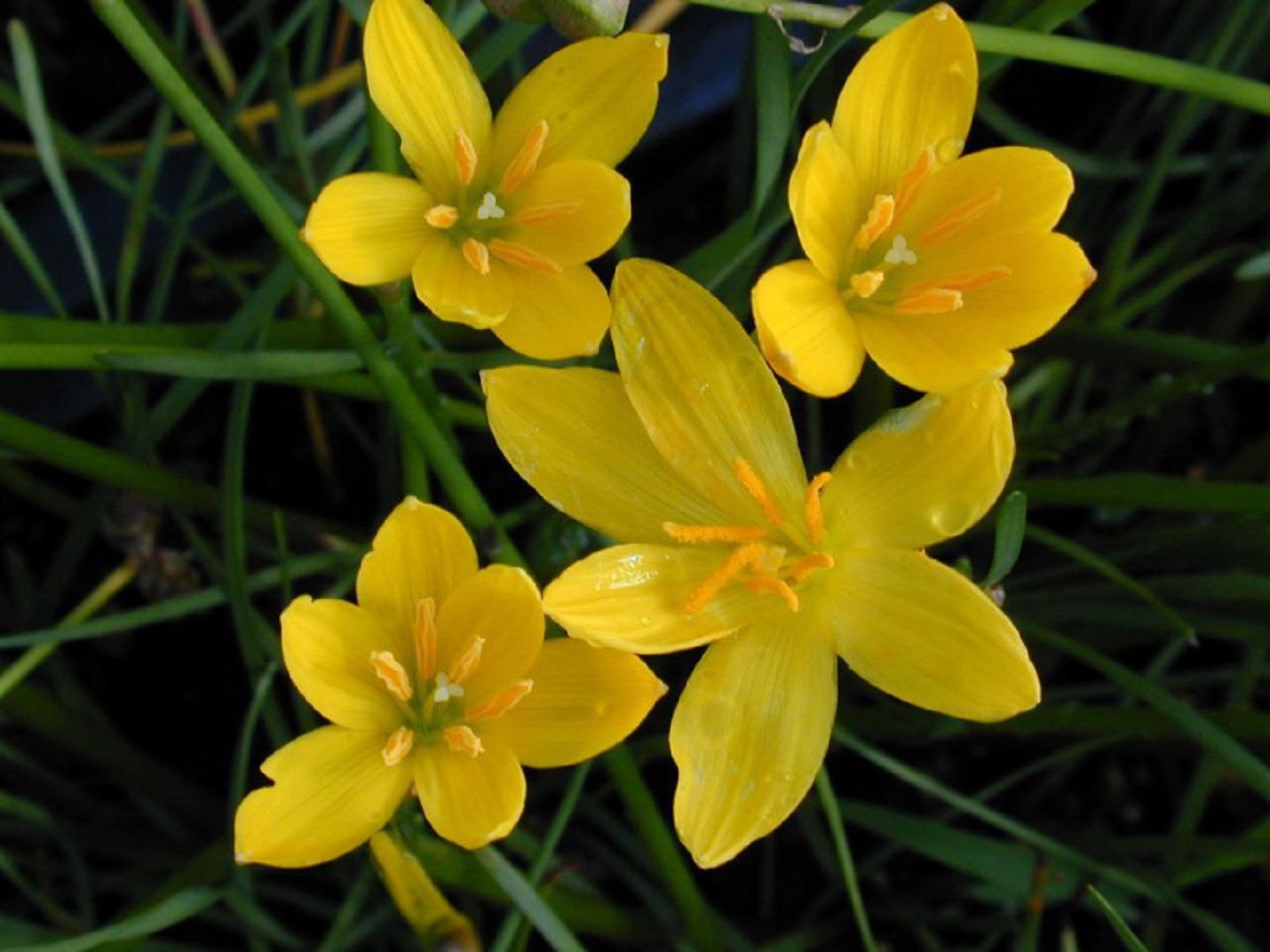
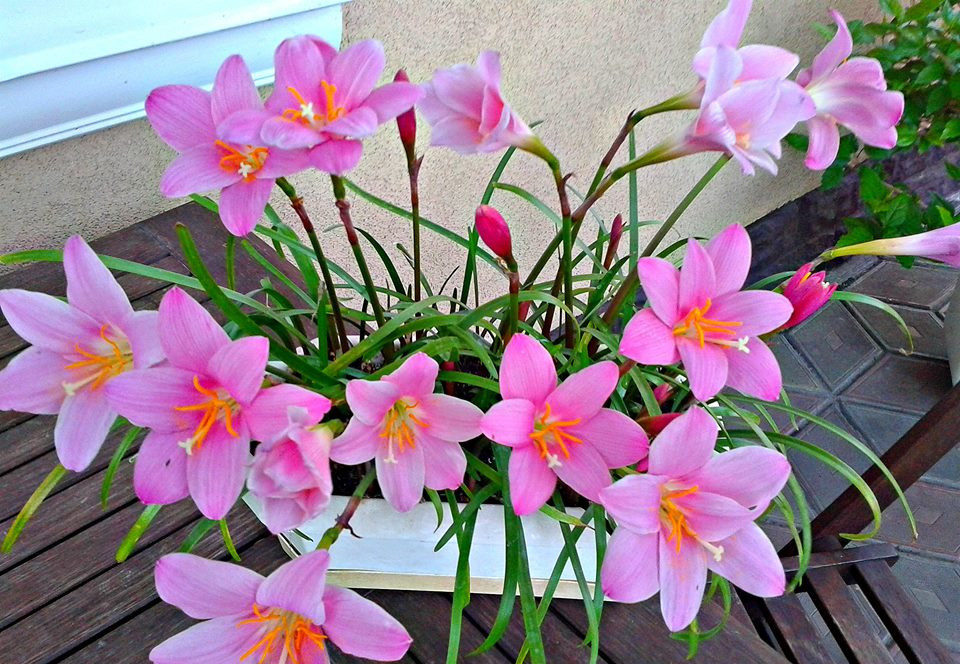
 Sow in the ground, without seedlings: 10 beautiful and unpretentious flowers
Sow in the ground, without seedlings: 10 beautiful and unpretentious flowers Platicodon planting and outdoor care
Platicodon planting and outdoor care Hosta - planting and care in the open ground in the Urals
Hosta - planting and care in the open ground in the Urals Oleander - care and growing at home
Oleander - care and growing at home